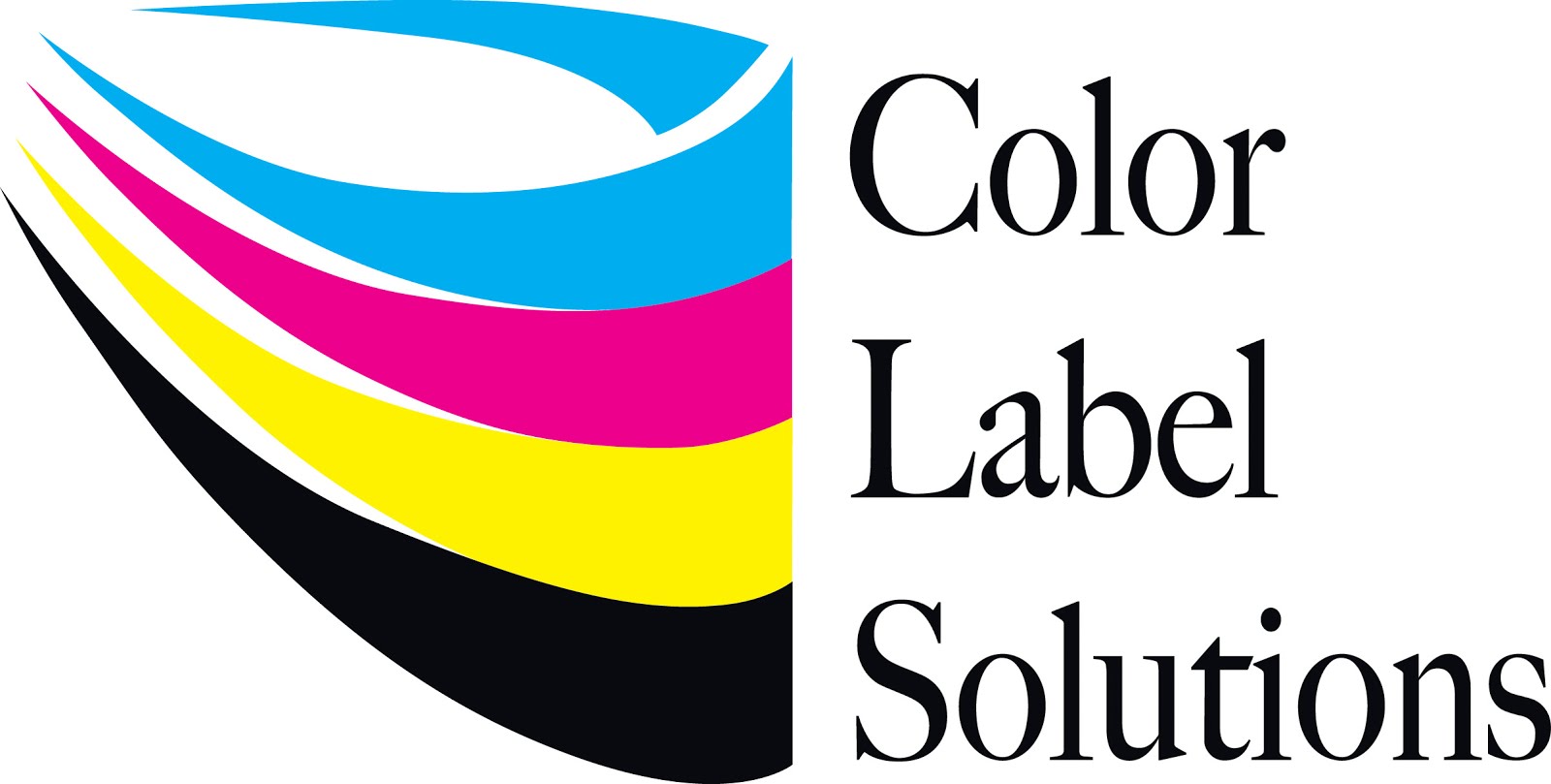All the time, I get questions concerning color
matching. Or more specifically, I get
questions about matching PMS colors.
According to an online dictionary, color matching is a method
of specifying colors for a print job in which a book of color swatches is used
for matching colors with standard inks used in commercial printing. The most
popular CMS is Pantone Matching System.
In the past, this issue has been difficult to
answer; primarily because of the difference between RGB used in color monitors
and the pigments used in color printing as well as the differences among label
media. Here what I wrote about color
matching some time ago: http://colorlabelsondemand.blogspot.com/2012/07/red-is-not-always-red.html
Recently, however, Epson released a Color Tone Matching
Assistant (CTMA) that I first noticed with the availability of the C7500G. You can download this application from the
Epson website under Utilities:
The CTMA makes it seemingly easy to match a color relatively
closely. I say relatively, meaning
matching by the human eye. Delta-E (dE)
is a single number that represents the 'distance' between two colors. The idea is that a dE of 1.0 is the smallest
color difference the human eye can see. And please remember; the eye's
sensitivity to hue, chroma, and lightness differ between people. As I am not a graphic artist, color
differences are hard for me to determine.
To use the CTMA, the only difficulty is insuring your
drivers have the word “Epson” in them.
To have the correct printer listed in the CTMA options, I had to rename
my drivers to add the word “Epson”. Then
the application worked perfectly.
 |
| Epson Color Tone Matching Assistant |
Once launched, the CTMA prints a range of colors and their
RGB numbers similar to a selected RGB color.
To use this application, I first needed a target color; PMS 7406:
Which
I needed to convert to a RGB number. To
convert, I used Encolorpedia; http://encycolorpedia.com/ , which provided me the RGB (227, 186, 18). Once entered, the application prints a color
chart from the printer on the label media selected:
 |
| Color Tone Print Output |
For this number, blocks of yellow are printed with either
more or less Magenta and Cyan added.
Directly in the middle is the target color. I printed this chart using the C7500G on
gloss paper. I also printed the same
chart on the C7500 using matte paper, the C3500 using matte paper (continuous
matte paper cut for each groups of colors:
 |
| C3500 Color Tone Matching |
And even the LX2000 after renaming the printer to add the
word Epson:
 |
| LX2000 Color Tone Matching |
Once printed, I compared the target color printed originally
on a press to the target RGB printed by the CTMA. On the gloss, the color seemed spot on; see
how it compares below:
 |
| Matching PMS Colors using RGB |
I then printed a sample label using BarTender by adding the
RGB numbers to select color I wanted.
Matched perfectly to my eyes.
 |
| BarTender Printed Color Match |
One interesting point to me, I could even tell the
difference in colors produced using the gloss and matte paper labels (gloss on
top; matte on the bottom) below.
 |
| Matte vs Gloss Color Differences |
Label media makes a big difference in print color output. Be sure to expect differences among the labels you use.
After this exercise, I found the Color Tone Matching
Assistance an intuitive, easy to use and potentially valuable application for
producing color labels on demand.
Contact us if we can help you with producing or matching colors for your
labels.
Guy Mikel
855-962-7670



No comments:
Post a Comment